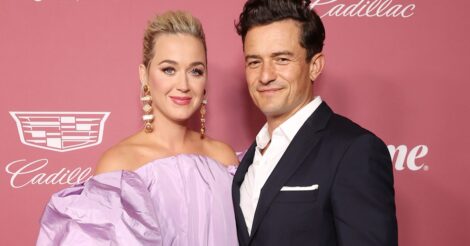
What started as a legal fight over It Ends with Us has taken a surprising celebrity turn involving Blake Lively, Justin Baldoni, and now, Taylor Swift.
Justin’s lawyer, Bryan Freedman, recently filed a court letter accusing Blake’s team of allegedly pressuring Swift to publicly support Lively—or risk having private texts leaked.
Freedman claims that Blake’s camp “demanded that Ms. Swift release a statement of support for Ms. Lively, intimating that, if Ms. Swift refused to do so, private text messages of a personal nature” would be exposed. He also stated that Swift’s team “addressed these inappropriate and apparently extortionate threats” in written communications.
Justin’s team cited a source that was “highly likely to have reliable information.”
Blake’s lawyer, Michael Gottlieb, didn’t mince words in response. “We unequivocally deny all of these so-called allegations, which are cowardly sourced to supposed anonymous sources, and completely untethered from reality,” he said. “We will imminently file motions with the court to hold these attorneys accountable for their misconduct here.”
Taylor Swift was previously subpoenaed in this case by Justin’s team, which her rep publicly slammed.
The latest twist came on May 14, when Blake’s legal team, led by Esra Hudson, filed a letter asking the judge to strike Freedman’s earlier filing.
In her letter, Hudson argued, “That letter, which was not filed with any evidentiary support of any kind, much less anything under oath, falsely accuses Ms. Lively, and her counsel, of engaging in ‘witness tampering and evidence spoliation’ based on an undisclosed anonymous source.”
She added, “It should be unnecessary to respond to anonymously sourced, baseless, allegations recklessly leveled without any supporting evidence. It is worth stating for the record, however, that each of the allegations in the Freedman Letter is unequivocally and demonstrably false.”









